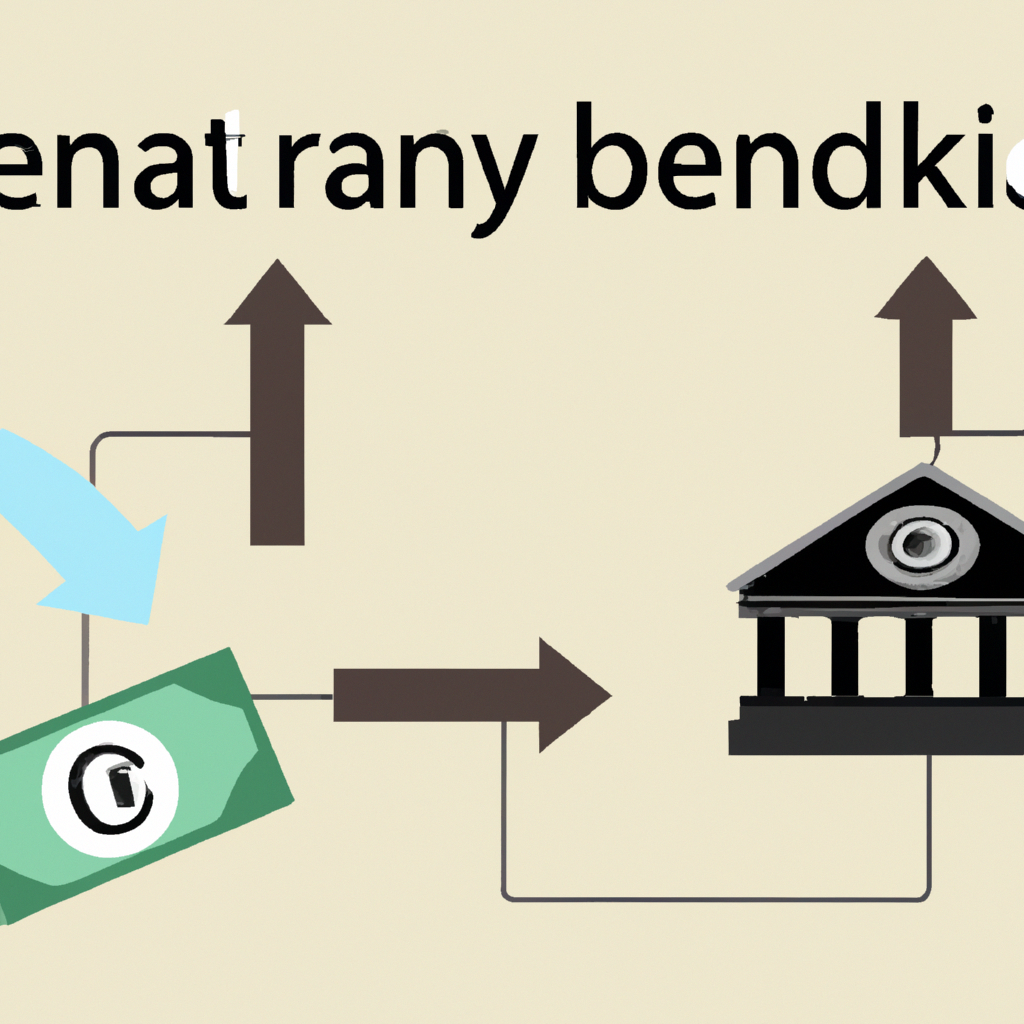**The Impact of Contractionary Monetary Policy on Economic Stability**
In an era marked by fluctuating economic cycles, central banks often find themselves at the helm of navigating the economy through turbulent waters. One of the key tools in their arsenal is monetary policy—a mechanism that can either expand or contract the money supply to achieve economic stability. While expansionary monetary policy tends to grab headlines for its immediate effects on growth and employment, contractionary monetary policy plays an equally crucial, albeit often underappreciated, role in maintaining economic equilibrium.
Contractionary monetary policy, characterized by increasing interest rates and reducing the money supply, is typically employed to combat inflation, stabilize currency, and rein in overheating economies. But why is such a seemingly restrictive approach necessary? What are the broader implications for businesses, consumers, and overall economic health? This article delves into the rationale behind contractionary monetary policy, exploring its objectives, mechanisms, and the delicate balance central banks must strike to foster long-term economic stability. Join us as we unravel the complexities surrounding this critical economic strategy and its far-reaching impact on our financial landscape.
Sure, here's a suggested content outline for an article titled "Why Contractionary Monetary Policy":
Contractionary monetary policy is a critical tool used by central banks to stabilize the economy, primarily by curbing inflation and maintaining price stability. This type of policy involves reducing the money supply and increasing interest rates, which in turn can have several significant effects on the economy.
One of the primary reasons for implementing contractionary monetary policy is to combat inflation. When inflation rises too quickly, it erodes the purchasing power of money, leading to higher costs for consumers and businesses. By increasing interest rates, borrowing becomes more expensive, which tends to reduce consumer spending and business investment. This decrease in demand helps to slow down the rate of inflation, bringing it back to more manageable levels.
Additionally, contractionary monetary policy is used to maintain the credibility of the central bank. When a central bank takes decisive action against inflation, it signals to the public and financial markets that it is committed to preserving price stability. This can help anchor inflation expectations, making it less likely that inflation will spiral out of control in the future.
Another important aspect of contractionary monetary policy is its role in preventing economic overheating. During periods of rapid economic growth, there can be a risk of the economy expanding too quickly, leading to unsustainable levels of debt and asset bubbles. By tightening monetary policy, central banks can cool down economic activity, ensuring that growth remains sustainable over the long term.
However, it is important to note that contractionary monetary policy can also have some negative side effects. Higher interest rates can lead to reduced investment and slower economic growth, which can increase unemployment in the short term. Additionally, for countries with significant levels of debt, higher interest rates can lead to increased debt servicing costs, which can strain government budgets and potentially lead to fiscal instability.
In conclusion, contractionary monetary policy is a vital tool for central banks to control inflation, maintain price stability, and ensure sustainable economic growth. While it can have some short-term negative effects, the long-term benefits of preventing runaway inflation and economic overheating often outweigh these costs. Effective implementation of this policy requires a delicate balance and careful consideration of the current economic context and potential future developments.
